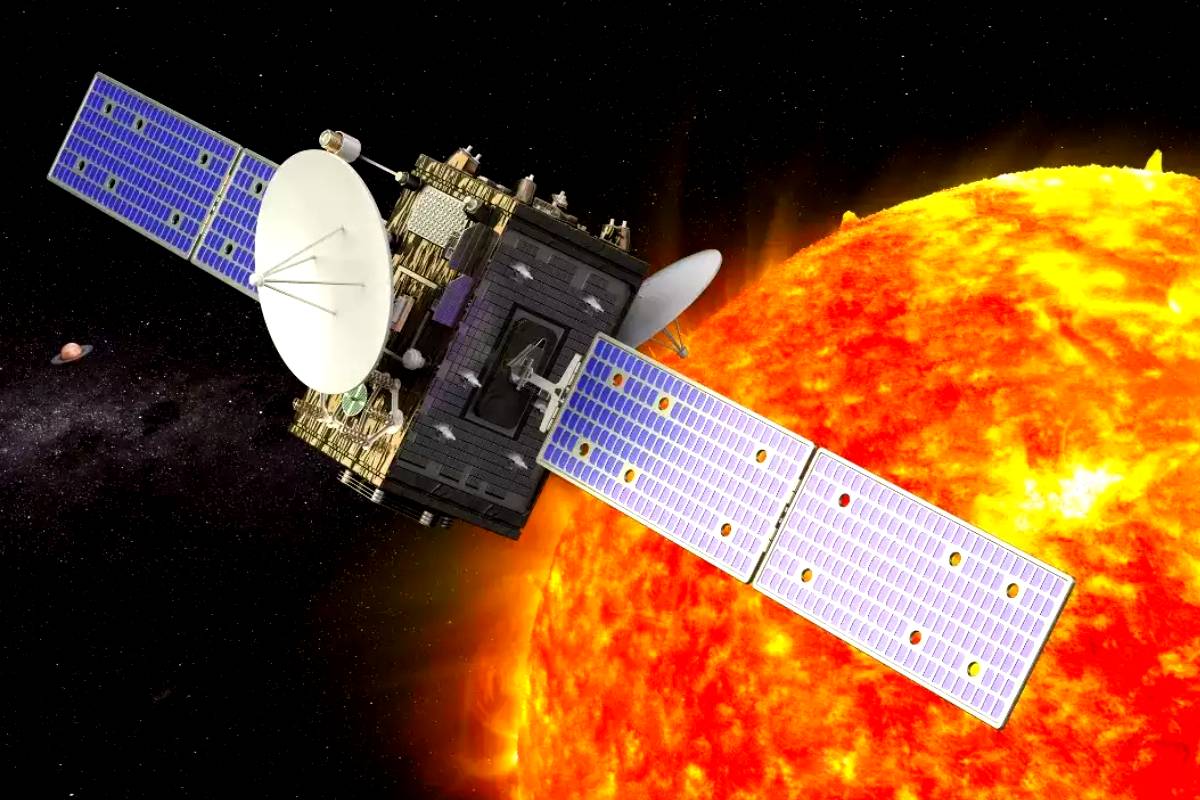
The critical Halo-Orbit Insertion (HOI) of the solar observatory spacecraft was completed around 4 pm on January 6, 2024.

NEW DELHI: The Indian Space Research Organisation (ISRO) marked a historic moment by placing the Aditya-L1 spacecraft into its designated orbit around the Lagrange Point-1, approximately 1.5 million kilometres from Earth. Aditya-L1 is India’s first dedicated solar mission, designed to study the Sun’s various phenomena.
The critical Halo-Orbit Insertion (HOI) of the solar observatory spacecraft was completed around 4 pm on January 6, 2024. This achievement not only showcases ISRO’s proficiency in complex orbital manoeuvres but also instils confidence in handling future interplanetary missions, according to a statement from ISRO officials.
ALSO READ: ISRO launches rocket to study black hole, becomes second after NASA to do it
ISRO Chief S Somanath, while talking on the occasion, emphasised that the Aditya-L1 solar mission is not just for India but for the entire world, highlighting its global scientific importance.
FLASH: #AdityaL1Aditya-L successfully enters the Halo orbit around the L1 point.@isro @ISROinsight pic.twitter.com/3rHrEIKaJB
— The New Indian (@TheNewIndian_in) January 6, 2024
Aditya-L1, named after ‘Aditya’ the Hindi word for the Sun, will now transition from the cruise phase to the orbit phase, where it will commence its mission to observe the Sun and study its diverse activities. The unique advantage of Aditya-L1’s orbit around the Lagrange Point-1 is its continuous visibility of the Sun without any interruptions or eclipses.
Expressing her enthusiasm for the successful mission, Annapurni Subramaniam, Director of the Indian Institute of Astrophysics, stated, “The Halo Orbit Insertion has been done, and it is a very important moment in the journey of Aditya L1… Now, during its transition, we will be able to do all the science operations. We look forward to the operations of the instrument.”
Congratulations Bharat, we did it!
Aditya-L1, India’s pioneering space-based solar observatory, has reached its destination.
Hats off to @isro for this remarkable feat. #ISRO #AdityaL1Mission #AdityaL1 pic.twitter.com/x4Gm2018xS
— MyGovIndia (@mygovindia) January 6, 2024
ALSO READ: ISRO aims to launch 50 satellites in the next five years: S Somanath
Prime Minister Narendra Modi extended his congratulations to the scientists for their extraordinary feat. He acknowledged the relentless dedication of the scientific community and emphasised the importance of this achievement for India’s space endeavours. Taking to ‘X’ he wrote, “India creates yet another landmark. India’s first solar observatory Aditya-L1 reaches its destination. It is a testament to the relentless dedication of our scientists in realising among the most complex and intricate space missions.”
Aditya-L1 carries seven payloads designed to observe various layers of the Sun, including the photosphere, chromosphere, and the outermost corona. The mission’s key objectives include unraveling mysteries of the chromosphere and corona, providing crucial data for understanding particle dynamics from the Sun, studying the physics of the solar corona and its heating processes, and investigating magnetic field topology leading to solar eruptive events.
India creates yet another landmark. India’s first solar observatory Aditya-L1 reaches it’s destination. It is a testament to the relentless dedication of our scientists in realising among the most complex and intricate space missions. I join the nation in applauding this…
— Narendra Modi (@narendramodi) January 6, 2024